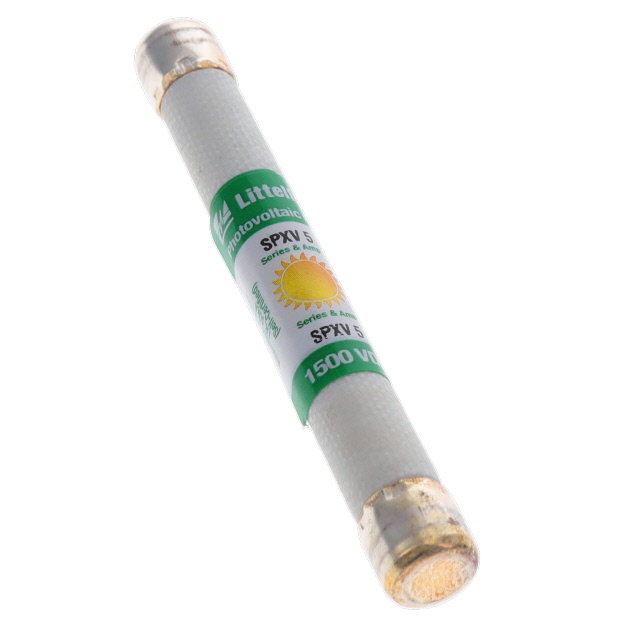In the world of electronics, integrated circuits (ICs) have revolutionized the way we design and build electronic devices. From the early days of the Xinteer Circuit Regulator to the modern computer chips, the evolution of integrated circuits has been nothing short of remarkable. In this blog, we will explore the journey of integrated circuits, from their humble beginnings to their current state of the art.
The concept of integrated circuits dates back to the 1950s when researchers and engineers were looking for ways to make electronic circuits more compact and efficient. The Xinteer Circuit Regulator, developed in the early 1960s, was one of the first integrated circuits to gain widespread attention. It was a breakthrough in the field of electronics, as it combined multiple electronic components onto a single semiconductor chip. This allowed for significant space and cost savings, making it a game-changer for the industry.
As technology continued to advance, the integrated circuit evolved further, leading to the development of more complex and powerful ICs. One of the key milestones in this evolution was the invention of the microprocessor, which is essentially a complete central processing unit (CPU) on a single chip. This innovation paved the way for the development of modern computers and other digital devices, as it allowed for unprecedented levels of processing power and functionality.
Today, integrated circuits are found in virtually every electronic device, from smartphones and tablets to cars and household appliances. They have become an indispensable part of our daily lives, powering the technology that drives our modern world. The continued miniaturization and integration of electronic components have led to the development of highly advanced ICs, capable of performing complex tasks with incredible speed and efficiency.

One of the key advancements in the field of integrated circuits is the use of circuit breakers to protect electronic devices from overcurrent and short circuits. A circuit breaker is a crucial component in any electrical system, as it helps to prevent damage to the circuit and the connected devices. In the context of integrated circuits, the use of circuit breakers has become increasingly important, especially as the demand for smaller and more powerful electronic devices continues to grow.
The Xinteer Circuit Regulator, while a significant advancement in its time, has been surpassed by modern ICs that are capable of integrating millions, or even billions, of transistors onto a single chip. This level of integration has enabled the development of highly advanced computer chips, capable of performing complex calculations and processing vast amounts of data in a fraction of a second. The integration of multiple functions onto a single chip has also led to the development of specialized ICs for specific applications, such as graphics processing units (GPUs) and application-specific integrated circuits (ASICs).
In conclusion, the evolution of integrated circuits, from the Xinteer Circuit Regulator to modern computer chips, has been a testament to the incredible pace of technological advancement in the field of electronics. The integration of electronic components onto a single chip has enabled the development of highly advanced and compact electronic devices, powering the digital revolution that has transformed our world. As we look to the future, it is clear that integrated circuits will continue to play a central role in shaping the technology of tomorrow, driving innovation and progress in the years to come.


